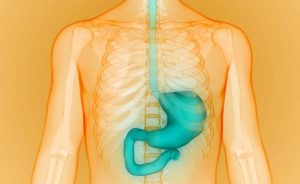
Suicide rates are on the rise among American children, but the increase is greatest among girls, a new study finds. “Overall, we found a disproportionate increase in female youth suicide rates compared to males, resulting in a narrowing of the gap between male and female suicide rates,” said study author Donna Ruch. She is a postdoctoral researcher at the Center for Suicide Prevention and Research at Nationwide Children’s Hospital in Ohio. Suicide is the second-leading cause of death among Americans aged 10 to 19, with rates historically higher in boys than girls. However, recent reports from the U.S. Centers for Disease Control and Prevention show a greater increase in suicide rates among girls than boys. In this study, the researchers examined data on youth suicides from 1975 through 2016. The findings showed that youth suicide rates for both sexes fell in the early 1990s. But they have increased for both sexes since 2007, with larger increases among girls than boys, particularly among girls aged 10 to 14. Rates of female suicides by hanging or suffocation are approaching those of males, which is troubling considering the “gender paradox” in suicidal behavior, according to study co-author Jeff Bridge, director of the Center for Suicide Prevention and Research. Females have higher rates of nonfatal suicidal behavior, such as thinking about and attempting suicide, but more males die by… read on >




































